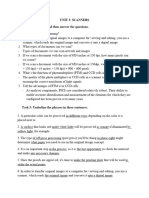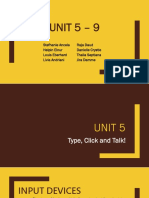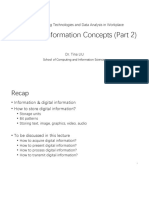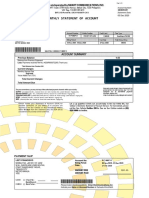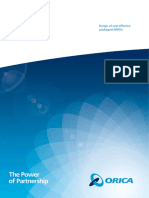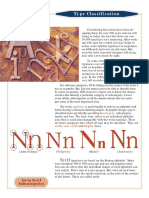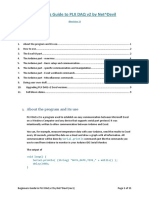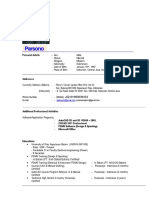0% found this document useful (0 votes)
2 views6 pagesModule 2. Topic 6. Capture Your Favorite Image
The document outlines various methods for capturing images on a computer, including screenshots, scanners, and digital cameras. It also compares advertisements for two scanners, highlighting their facts and opinions, and discusses the use of persuasive versus factual language. Additionally, it includes exercises on superlatives, suffixes, and a press release for a digital camera.
Uploaded by
Patryck YAndellCopyright
© © All Rights Reserved
We take content rights seriously. If you suspect this is your content, claim it here.
Available Formats
Download as PDF, TXT or read online on Scribd
0% found this document useful (0 votes)
2 views6 pagesModule 2. Topic 6. Capture Your Favorite Image
The document outlines various methods for capturing images on a computer, including screenshots, scanners, and digital cameras. It also compares advertisements for two scanners, highlighting their facts and opinions, and discusses the use of persuasive versus factual language. Additionally, it includes exercises on superlatives, suffixes, and a press release for a digital camera.
Uploaded by
Patryck YAndellCopyright
© © All Rights Reserved
We take content rights seriously. If you suspect this is your content, claim it here.
Available Formats
Download as PDF, TXT or read online on Scribd
/ 6























